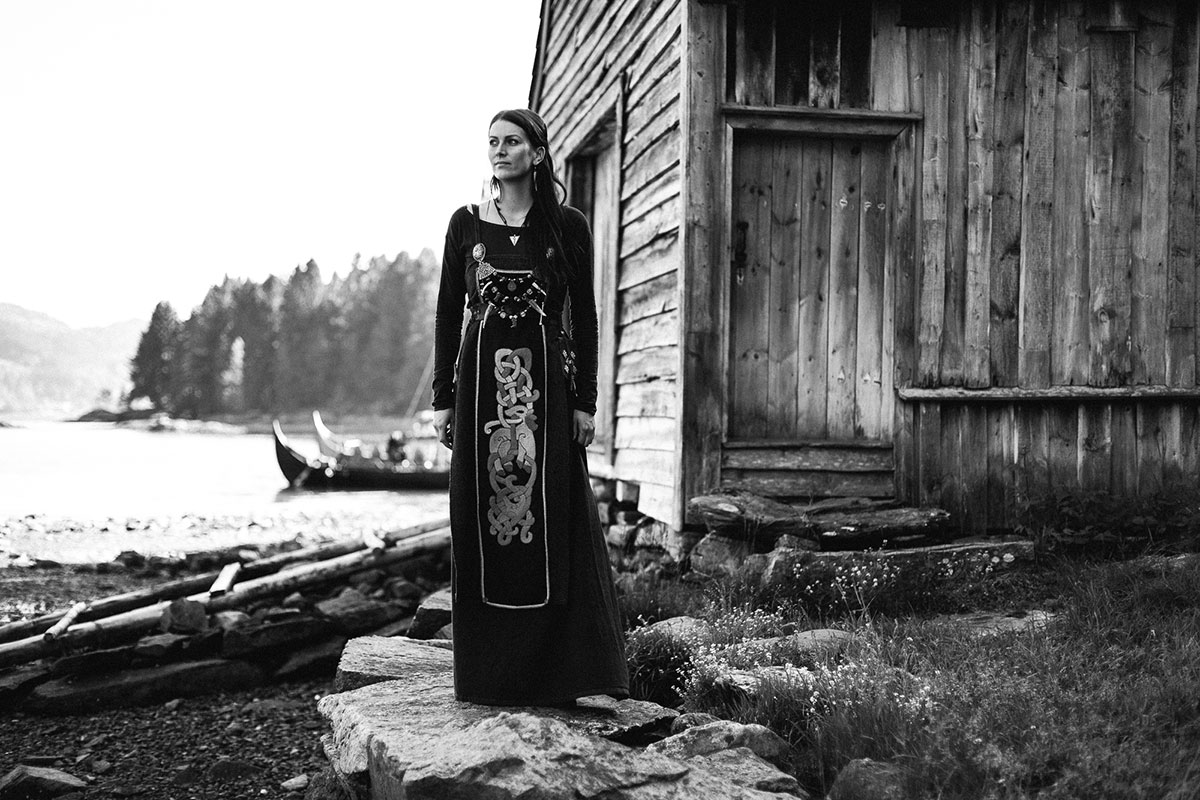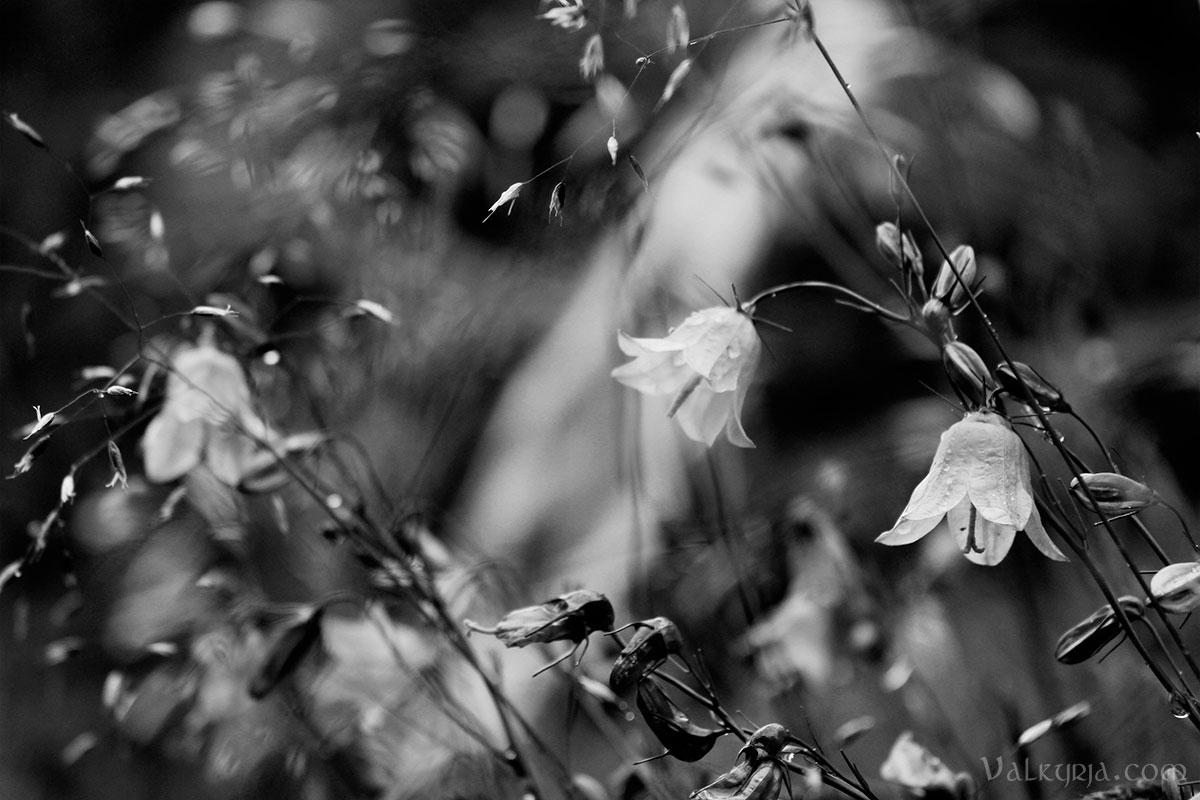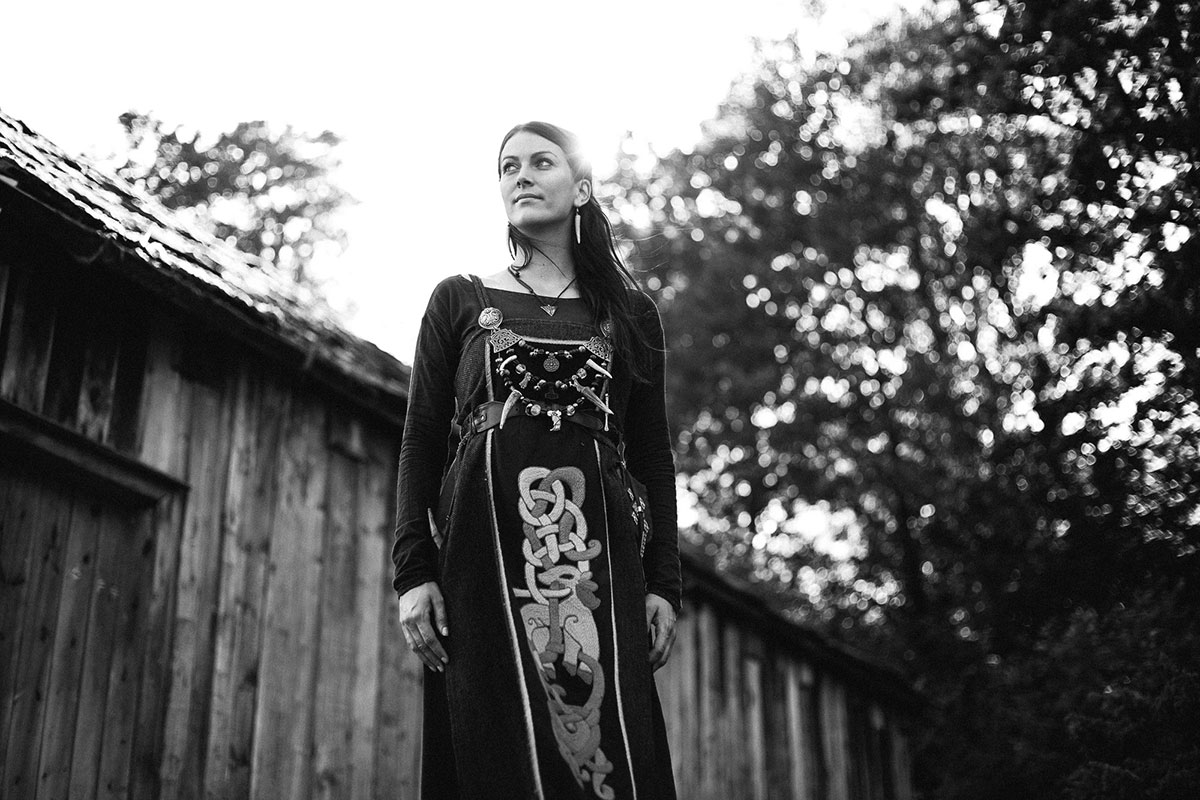|
|
||||||||||||
Tomorrow (Sunday) we enter Góa, the fifth and penultimate month of winter in the Old Icelandic calendar. 
According to Orkneyinga saga, an Icelandic manuscript in Flateyjarbók from about 1200, Góa or Gói was the daughter of king Þorri, a descendant of the jotun Fornjótr and personification of winter. Góa disappeared during the month of Þorri (the month we are currently in, which is named after her father), and was nowhere to be found. Her father and brothers arranged a sacrificial feast, Góublót, asking for guidance and hoping to retrieve her. They spent years looking for her around the land and overseas, until she was finally found in Norway, wed to the king Hrólfr. 
Being among the last winter months, Góa would have been a difficult time where food supplies were running low, and a time filled with hope of an early and mild spring. This is illustrated by Icelandic proverbs such as "að þreyja þorrann og góuna" (to endure Þorri and Góa, that is, to overcome difficult times). Several aspects of the stories and traditions related to Góa are associated with hopes of fertility and growth. 
Icelandic folktales describe how this month is the month of women, and that it should be greeted by the housewife on the farm. On the first day of Góa—in the eighteenth week of winter—she should rise during the night or early morning and step outside before getting dressed, walk thrice around the farm, and speak the following words:

On this day the housewife would also invite her female neighbors over for a feast. The first day of Góa is celebrated in Iceland as the women's day, and men are expected to be especially attentive to the women in their lives on this day. So never mind Valentines—welcome Góa, and please step inside! Photography: Marius Pettersen & Valkyrja.com Sources: Orknøyingasoga Íslenzkar þjóðsögur og æfintýri Torre och Gói i de isländska källorna Hvenær er góa og hvað þýðir orðið eiginlega? Hver er uppruni og saga konudagsins? # Comments |
 
|
|||||||||||
|
||||||||||||
